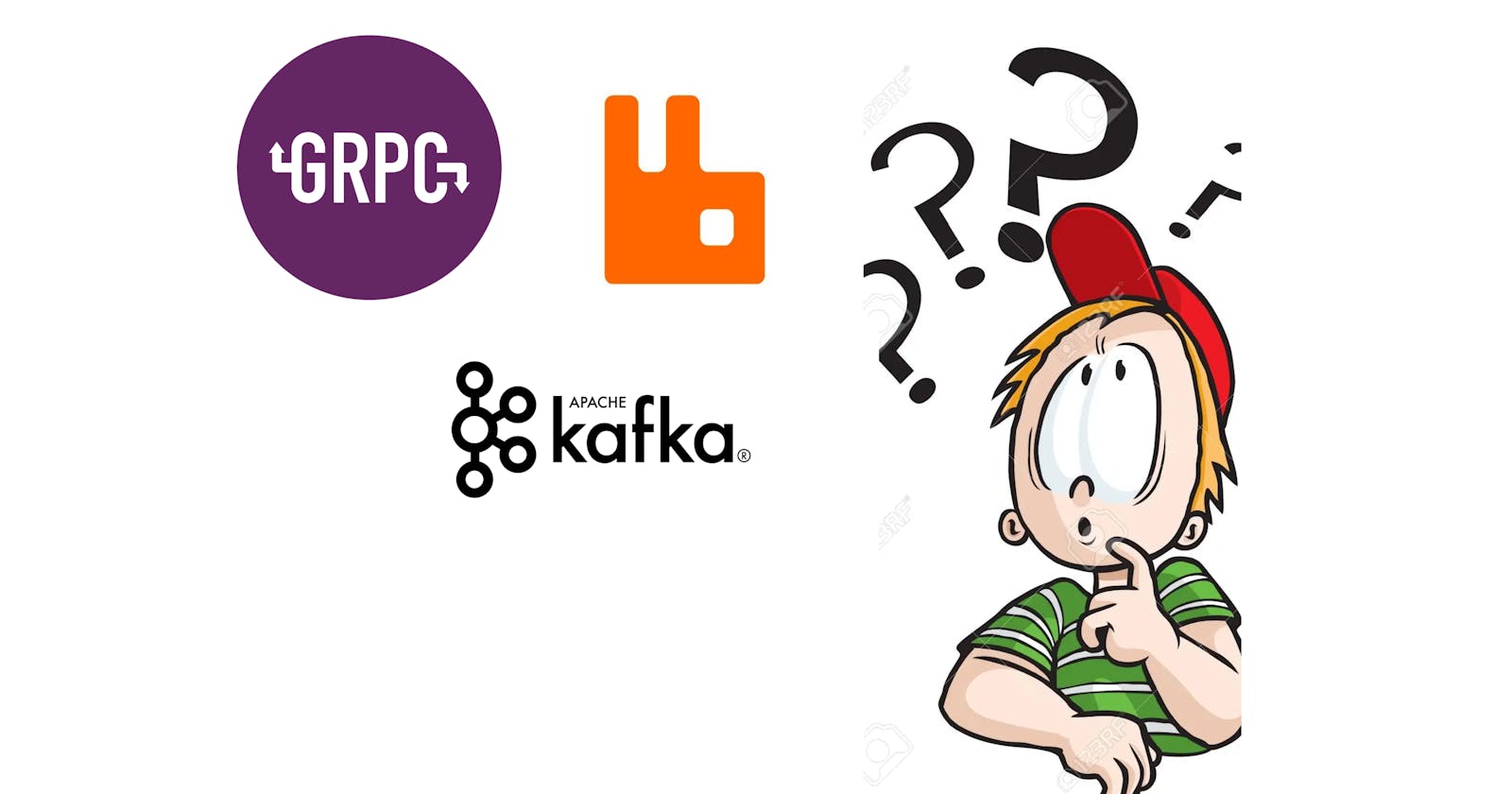Sometimes, when writing microservices, we often come across a dilema: Whether to use gRPC and message queues. I, literaly, have been biting the bullet making a decision about which tech to use. After a some research I compiled some 2 cents on this.
gRPC and message queues are both powerful tools that can be used to facilitate communication between different services or applications, but they are designed for different use cases:
gRPC is a high-performance, open-source framework for building remote procedure call (RPC) APIs. It is designed for use cases where low-latency and high-throughput communication is required. It is particularly well-suited for use cases such as:
Microservices that need to communicate with each other
Real-time streaming of data between services
High-performance distributed systems
Mobile and web applications that need to communicate with a backend
On the other hand, message queues are designed for asynchronous and decoupled communication between services or applications. They are particularly well-suited for use cases such as:
Event-driven architectures, where services need to publish and subscribe to events
Data streaming and processing, where services need to consume and produce large volumes of data
Distributed systems, where services need to be loosely coupled and can operate independently
Communication between services that are deployed in different locations or on different infrastructure
In summary, #gRPC is best for low-latency, high-throughput communication between services that need to operate in real-time, while #messagequeues are best for asynchronous, decoupled communication between services that need to handle large volumes of data. I hope you will now choose a good communication technology to suite your needs
